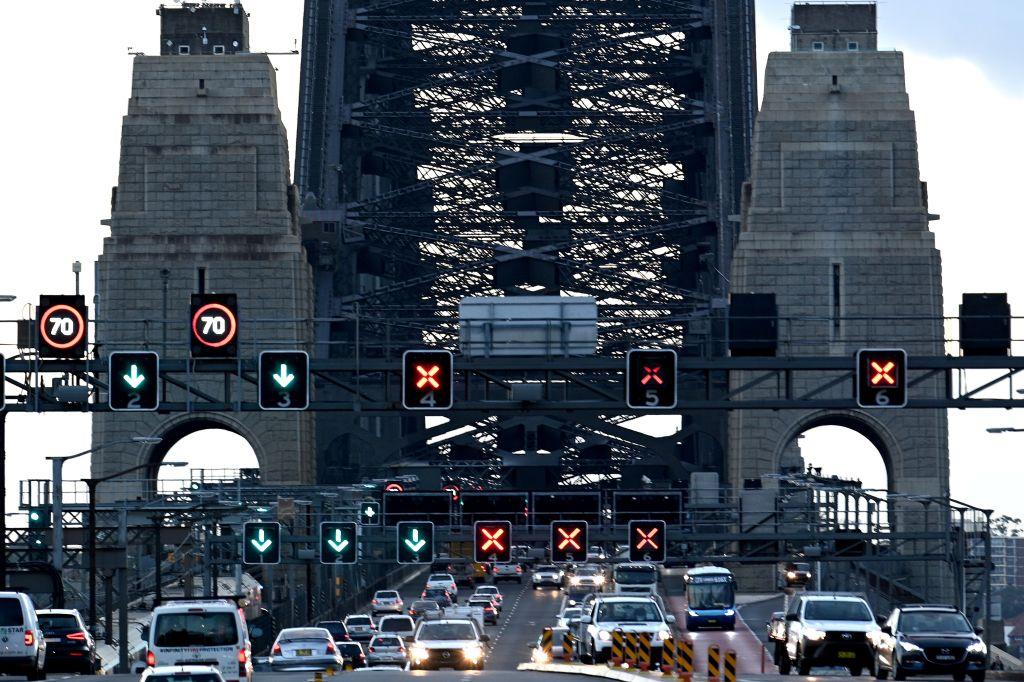The local share market has suffered its worst single-day drop in a little more than a year as traders took money off the table following weeks of gains and ahead of another important US inflation readout.
The benchmark S&P/ASX200 finished near the lows of the day on March 11, down 142.8 points, or 1.82 per cent, to 7,704.2, while the All Ordinaries fell 143.9 points, or 1.77 per cent, to 7,963.6.
The drop was the ASX200’s worst since a 2.3 per cent fall on March 10, 2023, and left it at its lowest level since February 29.
“A huge, huge move,” said Moomoo market analyst Jessica Amir.
“A lot of upset today - a bit of hurt, too.
“But I think we have to remember that most investors are playing the long-term game.
“It doesn’t mean we’re going to stay at these levels.
“It doesn’t mean we’re going to have a bad year.”
Ms. Amir attributed the pullback to profit-taking after a monthly US jobs report known as the non-farm payrolls late Friday (March 1), Australian time, apparently spooked the market.
Economists described the readout as mixed, with the economy adding more jobs in February than forecast but with downward revisions to job gains in the previous two months and an increase in the unemployment rate.
Comerica chief economist Bill Adams called it a “messy” jobs report that was mostly cooler than expected and increased the likelihood of interest rate cuts in the second quarter.
Markets might have been hoping for an even worse labour market report that would have forced the Fed to cut rates at least four times this year, rather than the three cuts Mr. Adams predicts.
More US economic data to be released this week could influence the pace of rate cuts, most notably the February consumer price index report to be announced overnight Tuesday (March 12)/Wednesday (March 13) Australian time.
All 11 of the ASX’s sectors finished lower, with mining the worst loser, down 2.6 per cent on the drop in the price of iron ore.
BHP fell 2.6 per cent to $42.82, Fortescue dropped 3.5 per cent to $25.04 and Rio Tinto retreated 3.6 per cent to $115.59.
Westpac suffered the worst losses of the Big Four banks, subtracting 3.2 per cent to $26.82 followed by NAB, which retreated 3.1 per cent to $34.03.
CBA closed down 2.7 per cent to $118.13 and ANZ dropped 1.9 per cent to $29.24.
Just 23 of the 200 stocks in the ASX200 gained ground, with another 11 flat.
Strike Energy was the biggest loser, falling 6.7 per cent to 21c.
In small caps, Task Group was a big winner, soaring 90 per cent to an almost three-year high of 76c cents after the New Zealand-based hospitality tech company agreed to be acquired by New York Stock Exchange-based PAR Technology Corp for $310 million, or 81 cents a share.
Task Group makes customer loyalty apps for quick-serve restaurants, with Australian customers including Starbucks, Guzman Y Gomez, Retail Food Group and Accor and CommBank stadiums.
In cryptocurrency, Bitcoin had pulled back a bit after trading within a few dollars of US$70,000 on Sunday night, March 10.
Late Monday afternoon, March 11, BTC was changing hands at $US68,593, or $A103,400 on Australian exchanges.
The Australian dollar was buying 66.15 US cents, from 66.33 US cents at Thursday’s (March 7) ASX close.
NAB’s monthly business confidence survey will be released on Tuesday.
ON THE ASX:
* The benchmark S&P/ASX200 index finished March 11 down 142.8 points, or 1.82 per cent, to 7,704
* The broader All Ordinaries rose 143.9 points, or 1.77 per cent, to 7,963.6.
CURRENCY SNAPSHOT:
One Australian dollar buys:
* 66.15 US cents, from 66.33 US cents at Friday’s (March 8) ASX close
* 97.22 Japanese yen, from 98.08 yen
* 60.46 Euro cents, from 60.58 Euro cents
* 51.46 British pence, from 51.78 pence
* 107.11 NZ cents, from 107.43 NZ cents.







